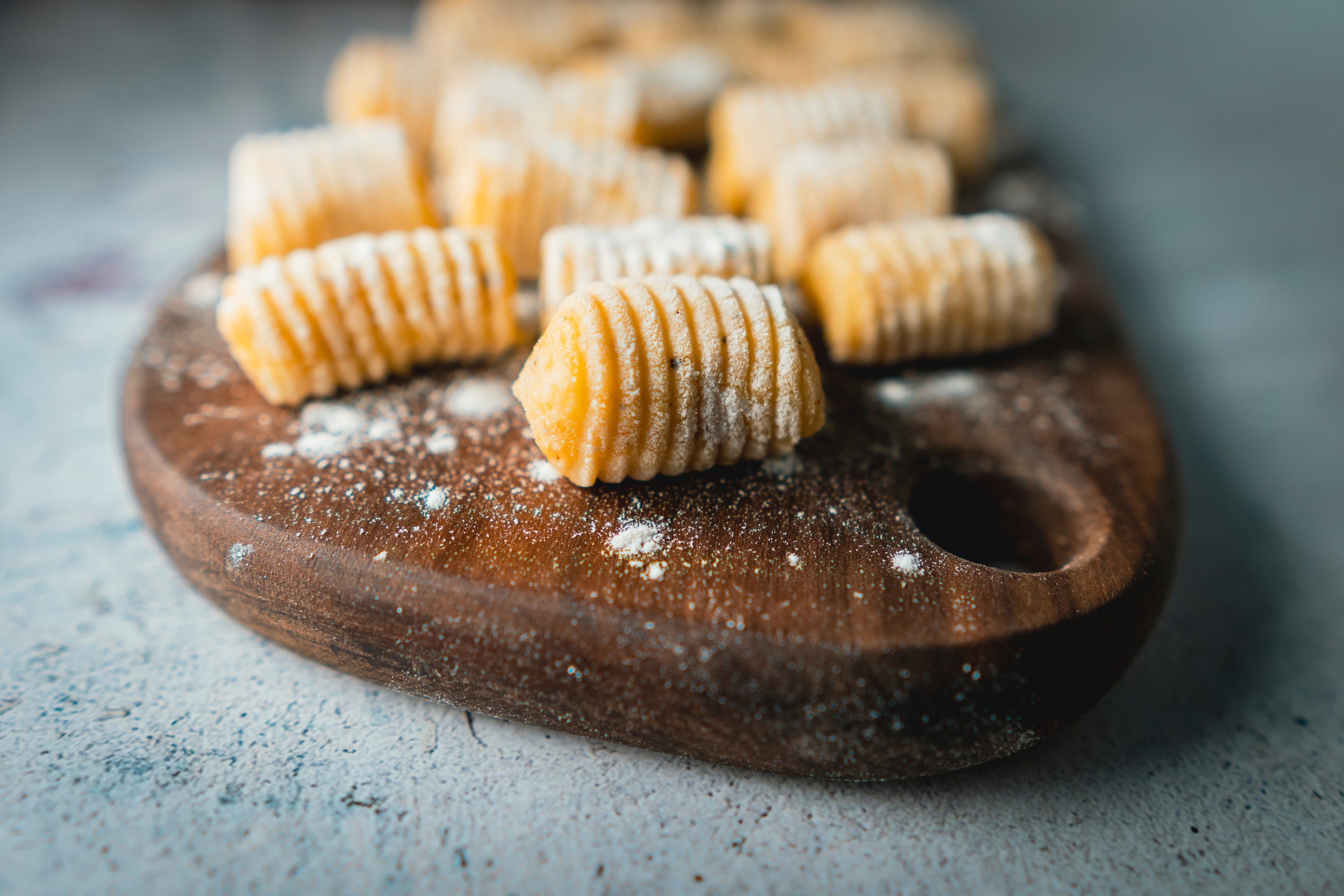Why should we reduce food packaging? And 5 foods to DIY
A brief story of food packaging
A long, long, long time ago, we used to eat foods from where they were found. Imports and exports on a global scale were almost non-existent and there most certainly were no grocery stores or Deliveroo services. Then came the 20th century when a sudden surge of international shipping of food meant that produce were moved from one side of the world to another. Such an emergence led to a revolution in the packaging sector.
In order to keep up with global demands and long travel distances, food has to be kept fresh and undamaged. Our food’s shelf-life has to be preserved and therefore came the reliance on packaging. However, the consequences are multifaceted; producing packaging is highly resource intensive and managing its waste is even more complicated (due to harmful chemicals and inefficient recycling methods). Resources like energy, water, petroleum, chemicals, etc. are examples of what comprises packaging. After its use, most packaging ends up in landfills and even into our oceans. The plastic pollution in our oceans has become such a dire issue that the United Nations chief of oceans has declared it a planetary crisis. The impacts of plastic pollution are not limited to our oceans; a study has estimated that one third of all discarded plastic ends up in soil or in freshwater. And millions of tons of greenhouse gas emissions and pollution metals and particulates further contaminate our planet.
The rise of plastic packaging
Plastic is by far the most common form of packaging. Since its boom in the early 80s, its form has widely diversified, rendering its versatility, easy manufacturing process and low cost. Nearly 40% of all plastic produced worldwide are used for food and drinks packaging. How insane is that? To make matters worst (and yes that is unfortunately very possible) is most of these packagings are single use, non-compostable and highly difficult to degrade. A more recent study estimated that since the start of the pandemic, roughly 8.4 million tonnes of plastic waste has been generated, of which 25 900 tonnes have leaked into our oceans. So where is the line between food protection and environmental concerns?
We wonder how fruits and vegetables have protected themselves from natural predators over the course of time… Alright, we’re not trying to be passive aggressive towards the current food system, but seriously. Do we really need layers of cling film wrapped around an orange that already has a perfectly protective skin? The irony is a head scratcher on this one.
How to reduce food packaging:
Shop in bulk as you avoid buying small and individual packaging.
Shop in zero-waste stores like LiveZero HK and/or Slowood. Here you can bring your own containers to avoid any form packaging.
Buy foods that have paper/cardboard packaging to avoid plastic (paper is easier to recycle).
Shop loose items at your local markets where you can bring your own bags/containers.
Grow your own food, if possible, instead of buying (herbs are easy ones because they don't require much space and they taste best fresh!).
Make the food yourself instead of buying packaged/processed food. This alternative is not only cheaper but it is way healthier for you (free of preservatives) and you can also control what ingredients go into it. - Feel free to view our previous post on how to DIY your own fermented food.




